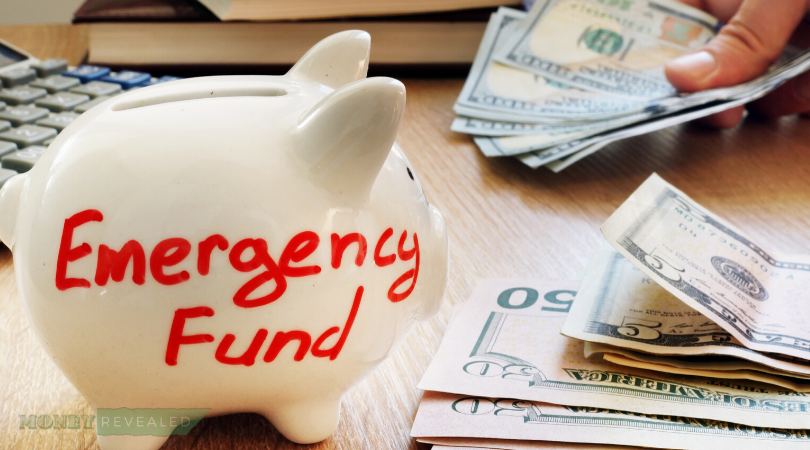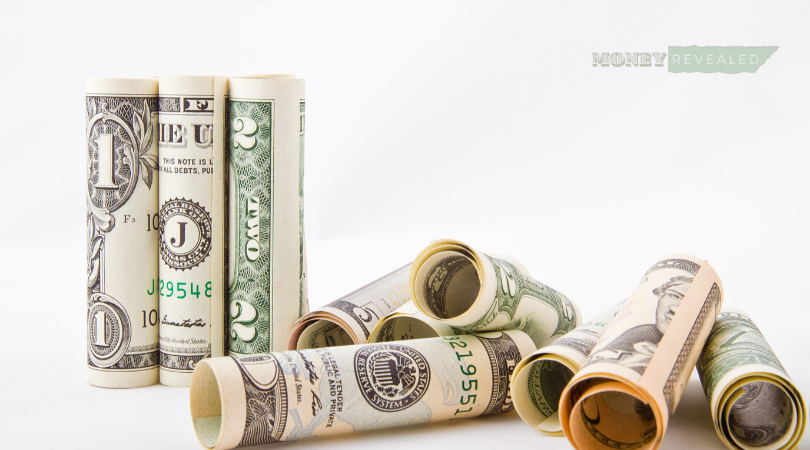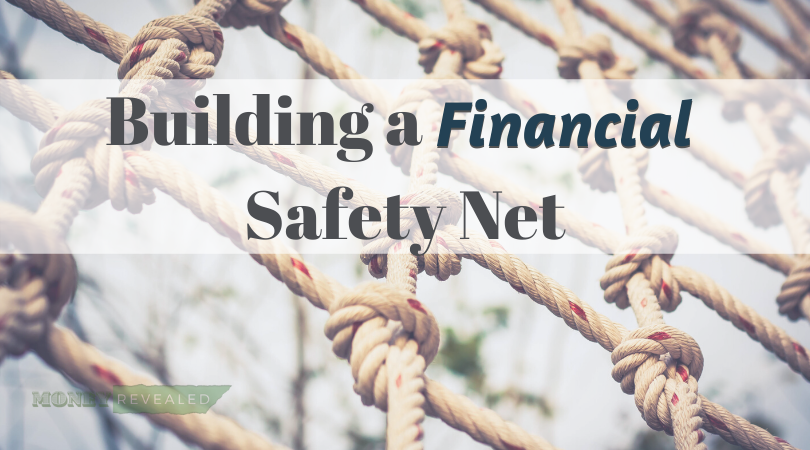Regardless of the investment options you look at, you will often hear the same wise caveat: “don’t invest what you can’t afford to lose.”
This applies whether you are looking in crypto, real estate, or plan to make some aggressive moves in the stock market. Even the most carefully researched and conservative investments involve some risk, and the wise investor will always consider both the best and worst-case outcomes.
Have you stopped to consider what that means for your portfolio and how it will realistically play out in your plans? How do you determine what you can or can’t afford to lose?
Most would believe that if they are meeting their financial goals budget-wise, any other money is freed up for investing. This is a good start, but it may overlook one key important consideration: a financial safety net. Think of this as a readily-available emergency fund.

Considering what this should look like, Jason Hall of The Motley Fool takes a conservative approach. “Unfortunately,” he explains, “a lot of people don’t understand how important it is to also have a strong margin of safety. For most of us, the best margin of safety is cold, hard cash.”
He is referring, of course, to the old maxim that every person should have a liquid emergency fund with at least 6 months of living expenses.
Consider your circumstances and imagine what your life would look like if you have a major medical expense, have to unexpectedly replace a vehicle, or lost your job. Just having a couple of appliances go out is enough to push some people into an uncomfortable squeeze. The case for an emergency fund is undeniable.
For most people, that is going to mean having money that sits in a savings account… one of the lowest interest options available. Hall emphasizes that the key here is a solid safety net, not return.
The advantage is that this safety net could make the difference when a hard time comes, and save you from derailing retirement or college funds. To learn more about establishing an emergency fund, check out this calculator to estimate your needs.
A safety net, adds Liz Weston of NerdWallet.com, is also a way to overcome debt issues by providing a buffer so that you don’t fall into debt again.

You may wish to establish your emergency fund in the savings account that you already have in your home bank. It is worthwhile to check around and see if other banks in your area are offering higher interest rates. A small bump in percentage rate will make a big difference over time as the fund builds up.
Another option is to look into a higher-yield online savings account. Sabrina Karl of Investopedia writes, “A high-yield savings account is a type of savings account that typically pays 20-25 times the national average of a standard savings account.” Shop around based upon fees, rates, minimum balance, and conveniences offered. For example, some of these accounts have handy apps through which you can access cash quickly if needed, some have ATM availability, etc. One is sure to fit your needs.
It is important to set a monthly savings goal for yourself. If you are struggling to do this, carefully consider where you can cut back on other expenses. You may wish to set up an automatic transfer so that you are forced to plan around this regularly-scheduled withdraw.
One option to build a fund more quickly is to get a side hustle that you commit to the purpose of building up savings. Other options are to sell off unused items in your home, tighten your budget, and set aside your tax refund for this purpose.
One of the oldest tricks in the book is to save the change in your pocket each day, or any ones you get after breaking a 10 or 20 dollar bill. This doesn’t work for most modern consumers who no longer use cash, but there are some new apps on the market that let you set savings rules that are based upon the same principles.

It may be helpful to break your savings plan down to specific goals. A great first goal is to save $2,000-$3,000 to cover a small crisis that insurance won’t cover – a water heater or a health insurance deductible for a broken bone.
The next goal would be to plan for three months of living expenses. Think of everything… car and house payment, tuition, utilities, food, and so on. Then set consecutive goals until you have at least 6 months of living expenses saved up.
You never know when a crisis will come your way, but the simple truth is that they come to all of us in some form eventually. You don’t want a crisis to derail your retirement or your child’s education, so rest easier by planning ahead. Put some money aside, don’t talk yourself into pulling it out for non-emergencies, and as far as day-to-day concerns go, forget that it is there. Or consider it self-insurance against financial disaster.

